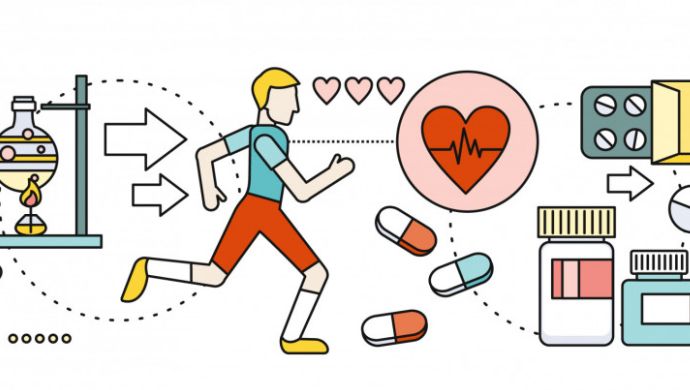Despite the connectivity and mass data collection healthcare technology can bring, the discrepancy between expectation and reality is still quite wide

China is experiencing an unusual combination of growth factors that leads to abundant opportunities in the healthcare market: burgeoning middle-class, advanced technology, and government support.
Over the last decade, China embarked on the biggest health system reform aiming to extend health services beyond the country’s prosperous urban centers. In August 2016, President Xi Jinping held its most important national meeting on health—the National Health Conference—in twenty years, demonstrating the government’s tremendous political support in health investment. Xi further made it clear that health is to be an explicit national priority by approving the Healthy China 2030. China’s health science and technology innovation already rank amongst the world best. With the application of technological advances and improvements to the health insurance system, China aims to ensure health equity by 2030.
The burgeoning middle class implies the demand for high-quality medical services and the strains on public health care system. According to an EY report on China’s health care, the market for private health insurance grew from RMB1.5 trillion (US$217 trillion) in 2014 to RMB2.4 trillion (US$348 trillion) in 2015. The number is expected to grow up to at least RMB5 trillion (US$725 trllion) by 2020. Furthermore, the government encourages private sector involvement by relaxing regulatory restrictions and providing tax incentives.
Also Read: This startup wants to bridge the missing link in Indonesian health tech scene
On top of this, new disruptive technologies such as mobile apps and internet-based services are widening the health care options for Chinese customers. Currently, roughly 700 million people have internet access in China, of which 86 per cent connect through their phones, easing the collection of health data for Chinese tech juggernauts. Such active mobile population allows room for m-health to transform the healthcare experience for the Chinese people. Established players are already enhancing their offerings by launching health-related mobile apps and internet-based services to enhance customers’ personalised experience.
“About four years ago [m-health conferences] were just a few people in jeans meeting occasionally,” says Peter Benjamin, Managing Director of CellLife, a South African NGO developing m-health technology. “Three years ago proper doctors started to show up; about two years ago we had reports of the first randomised controlled trials, and last year the suits got involved so that many m-health conferences are now dominated by [corporate] executives [discussing return on investment].”
However, change entails conflict. Despite the connectivity and mass data collection healthcare technology can bring, the discrepancy between expectation and reality is still quite wide. The expectation that m-health could be tailored to the needs of growing middle class and cut down costly healthcare expenses often ignores the vast size and population of China–the country with 1.3 billion population across the vast socio-economic spectrum and geographical locations. There are significant differences in cost and care between cities and provinces, which may take years to realise returns as the market matures and expands.
Also Read: 4 ways mobile apps are transforming healthcare
“The low satisfaction with public health care is draining the growing Chinese middle class outside the country to access better health treatment. For those who can afford a better health care system, are yet prone to seek for high-quality resources outside the mainland as opposed to going through the struggles of nascent m-health,” according to Douglas Corley, an expert in Chinese Healthcare policy and the founder of Beijing Healthcare Forum.
While the idea of technology integration may sound romantic, the country still struggles from its slow and costly healthcare system. Less than half of doctors are openly integrating the technology to their traditional complex healthcare system. Some skeptical patients have little trust in the new online platform system, preferring the face-to-face diagnosis as seen in the news.
—
The article mHealth still not enough to fix China’s healthcare problems first appeared in Technode.
The post M-health still not enough to fix China’s healthcare problems appeared first on e27.